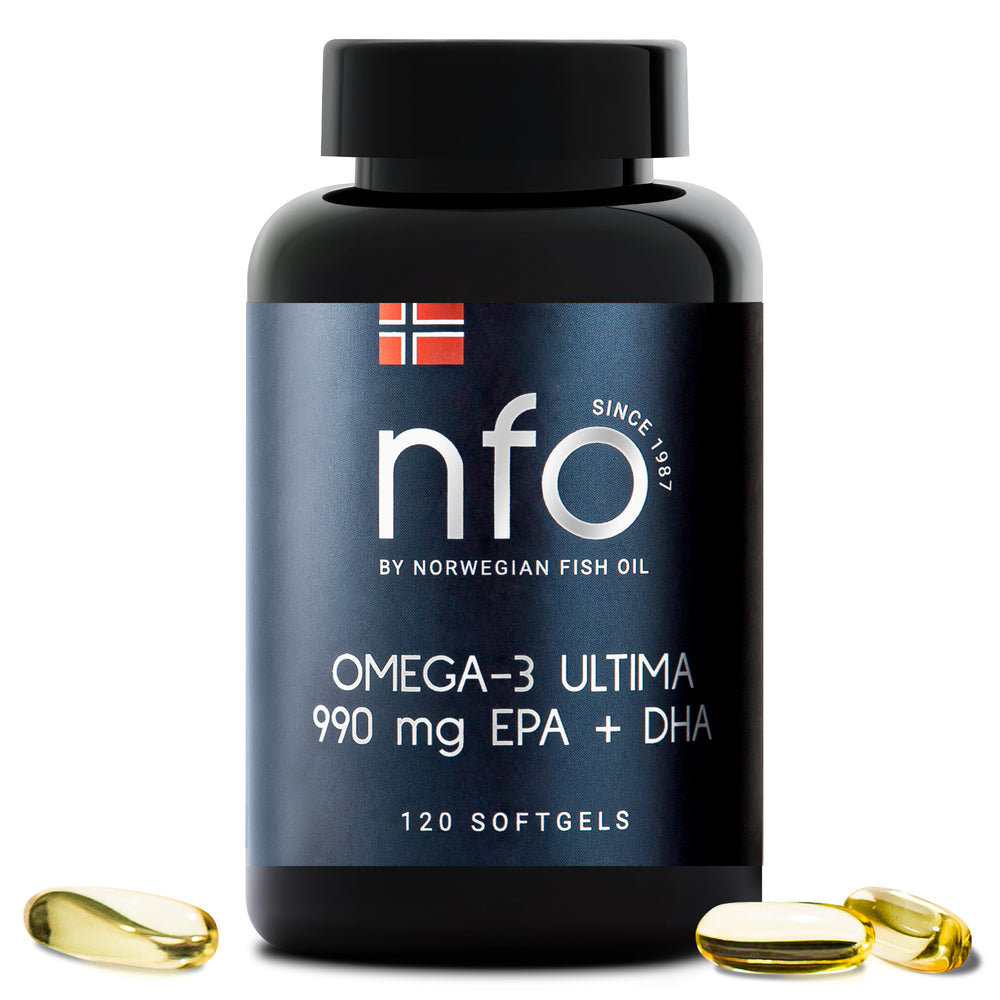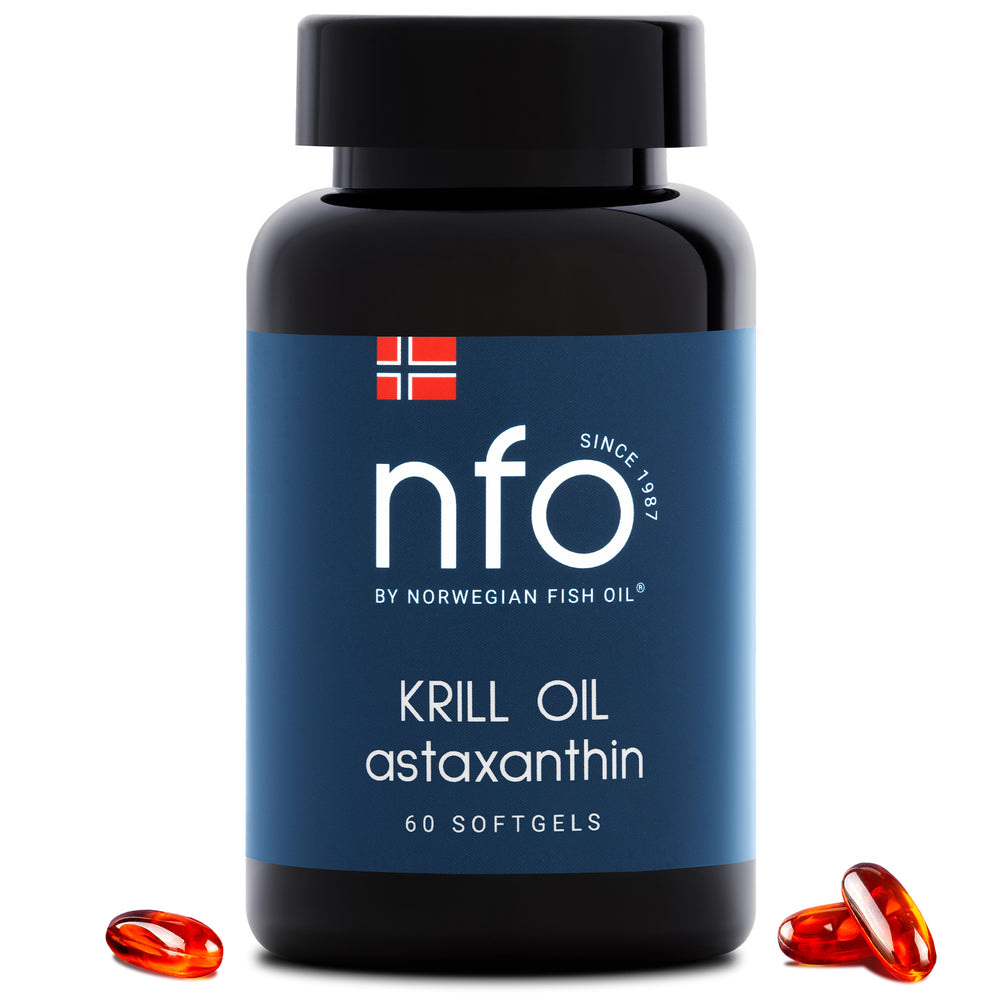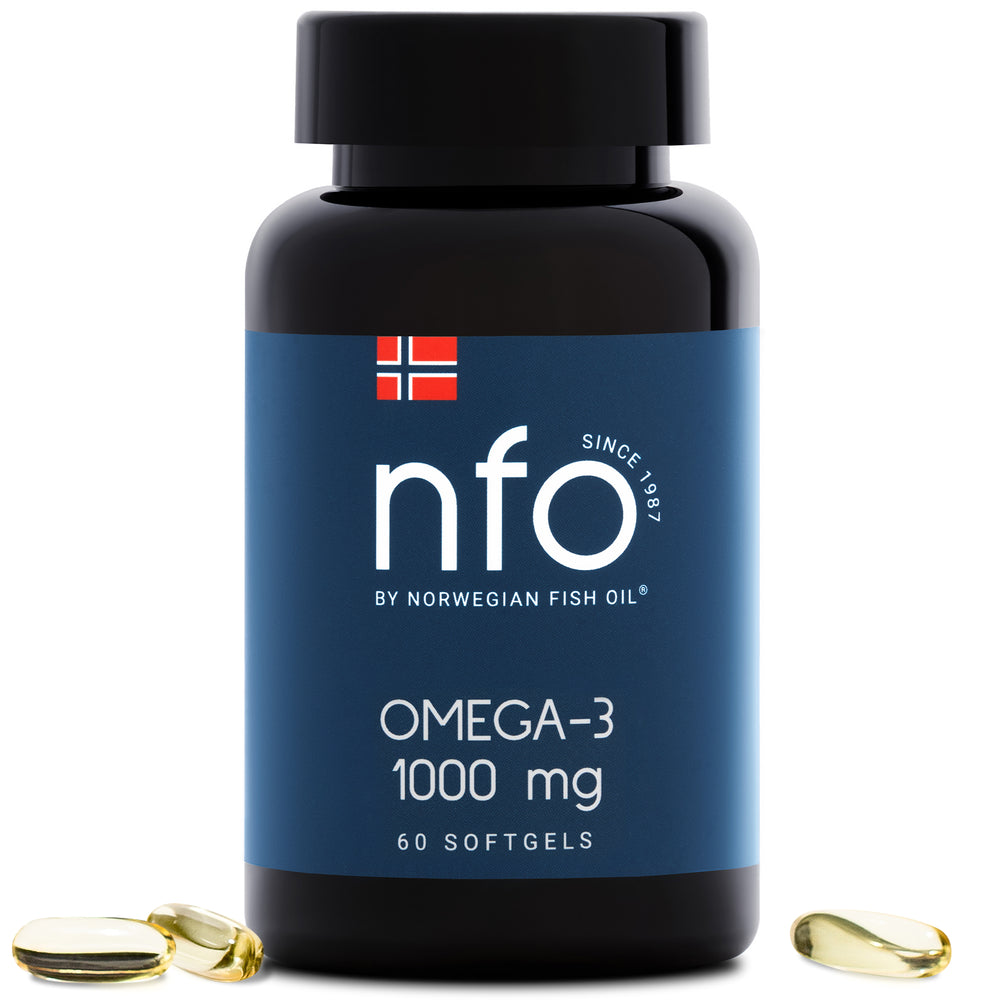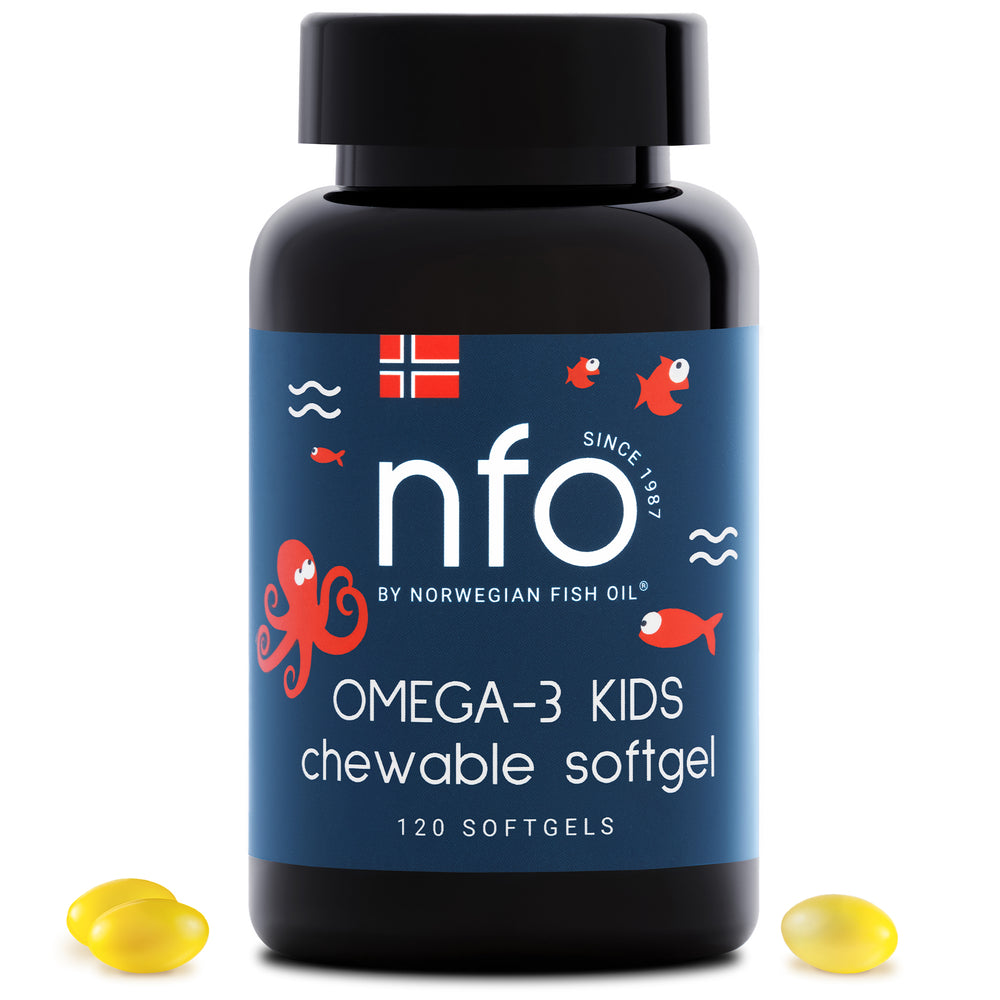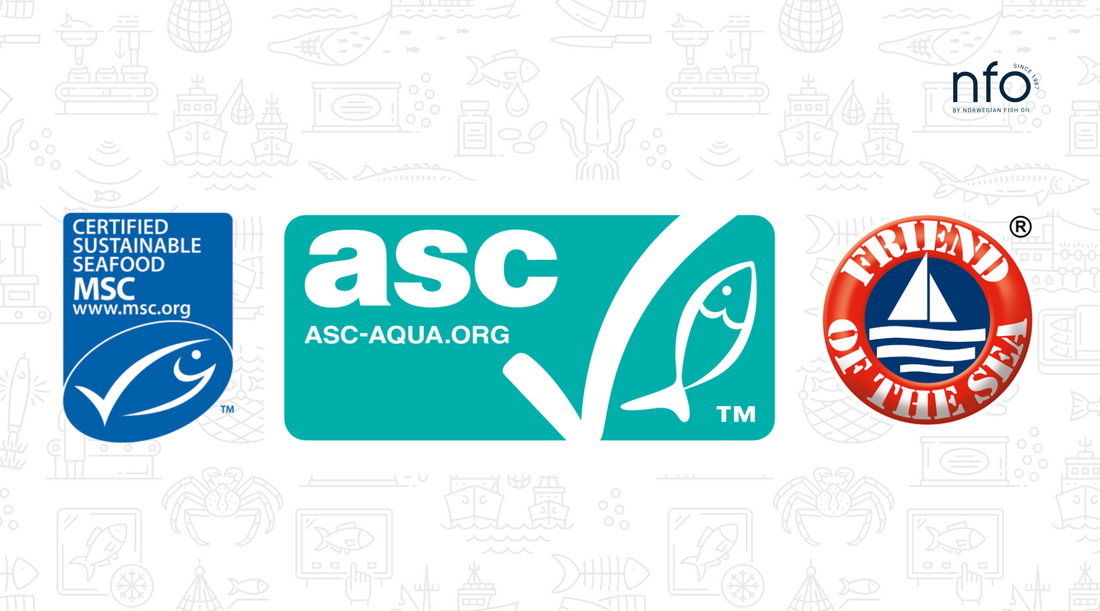
Über Fischerei-Zertifizierungen wurde schon viel gesagt. Die meisten stehen für sauberere Ozeane, nachhaltige Fischereipraktiken und klimafreundliche Richtlinien. Aber halten sie wirklich, was sie versprechen, oder handelt es sich nur um ein weiteres Beispiel für Greenwashing? Dieser Artikel nimmt zentrale Zertifizierungen anhand verschiedener Kriterien kritisch unter die Lupe, um die Wahrheit ans Licht zu bringen.
Wichtige Zertifizierungen und ihre Ziele
Marine Stewardship Council (MSC)
Die MSC-Zertifizierung hat das Ziel, nachhaltige Fischereipraktiken sicherzustellen. Im Fokus stehen die Gesundheit der Fischbestände, die Minimierung von Umweltauswirkungen und ein effektives Management (MSC, 2024).
Aquaculture Stewardship Council (ASC)
Der ASC legt Wert auf verantwortungsvolle Aquakultur und fördert ökologisch und sozial nachhaltige Fischzucht (ASC, 2024).
Friend of the Sea (FOS)
FOS konzentriert sich auf nachhaltige Wild- und Zuchtfischerei, den Schutz mariner Lebensräume und soziale Verantwortung (FOS, 2024).
Kriterienanalyse
Wofür steht die Zertifizierung?
Alle drei Zertifizierungen behaupten, Nachhaltigkeit zu fördern. Ihre Definitionen und Kriterien unterscheiden sich jedoch. MSC konzentriert sich stärker auf Wildfischerei, während ASC die Aquakultur abdeckt und FOS beide Bereiche umfasst, allerdings mit weniger strenger Datenüberprüfung (FAO, 2024).
Wie erhält man eine Zertifizierung?
Der Zertifizierungsprozess umfasst in der Regel eine Vorbewertung, ein vollständiges Audit und die Einhaltung festgelegter Kriterien. Die MSC-Zertifizierung erfordert beispielsweise detaillierte wissenschaftliche Daten und unabhängige Bewertungen, was sie anspruchsvoll, aber auch zeitintensiv macht (FAO, 2024).
Kosten der Zertifizierung
Die Kosten variieren erheblich. Eine MSC-Zertifizierung kann zwischen 10.000 und 250.000 US-Dollar liegen, abhängig von Größe und Komplexität der Fischerei. Im Vergleich dazu startet die FOS-Zertifizierung bei etwa 2.000 US-Dollar, was den weniger strengen Prozess widerspiegelt (FAO, 2024).
Dauer bis zur Zertifizierung
Auch die Zeitrahmen unterscheiden sich. Die MSC-Zertifizierung kann Jahre dauern, wie das vierjährige Verfahren für Alaska-Seelachs zeigt. Die FOS-Zertifizierung geht schneller und ist oft innerhalb weniger Wochen abgeschlossen, da die Methodik einfacher ist (FAO, 2024).
Voraussetzungen für die Erneuerung
Zertifizierungen sind nicht dauerhaft. MSC-Zertifikate sind fünf Jahre gültig und erfordern jährliche Audits. ASC und FOS verlangen regelmäßige Neubewertungen, um die fortlaufende Einhaltung sicherzustellen (FAO, 2024).
Verwendung der Beiträge
Die von den Zertifizierungsstellen eingenommenen Gelder werden für Betriebskosten, Marketing und Bildungsinitiativen verwendet. Allerdings gibt es weiterhin Bedenken hinsichtlich der Transparenz, insbesondere bei FOS (FAO, 2024).
Transparenz bei der Mittelverwendung
Während MSC Finanzberichte veröffentlicht, wurden FOS und ASC für ihre begrenzte Transparenz bei der Mittelverwendung kritisiert, was Fragen zur Glaubwürdigkeit aufwirft (FAO, 2024).
Betrugsprävention und öffentliches Vertrauen
Zur Betrugsprävention setzen Zertifizierungen auf Rückverfolgbarkeitssysteme und unabhängige Audits. MSC nutzt beispielsweise ein Chain-of-Custody-System, um die Herkunft der Produkte zu überprüfen, während die Selbstberichterstattung bei FOS Zweifel an der Zuverlässigkeit aufkommen lässt (FAO, 2024).
Fazit
Fischerei-Zertifizierungen spielen eine wichtige Rolle bei der Förderung nachhaltiger Praktiken. Ihre Wirksamkeit und Glaubwürdigkeit unterscheiden sich jedoch stark. Während MSC durch strenge Standards und Transparenz hervorsticht, stellen die hohen Kosten und der Zeitaufwand eine Herausforderung dar. FOS bietet eine schnellere und günstigere Alternative, allerdings auf Kosten von Gründlichkeit und Vertrauen. Der ASC findet einen Mittelweg, hat aber noch Nachholbedarf bei der Transparenz. Für Konsument*innen ist es essenziell, informiert zu bleiben und diese Zertifizierungen kritisch zu hinterfragen, um wirklich nachhaltige Praktiken zu unterstützen.
Quellen
- FAO (2024). Private standards and certification in fisheries and aquaculture – Current practice and emerging issues.
- Marine Stewardship Council (2024). Oceans at Risk: Overfishing. Abgerufen von https://www.msc.org.
- Aquaculture Stewardship Council (2024). What We Do. Abgerufen von https://asc-aqua.org.
- Friend of the Sea (2024). Home. Abgerufen von https://friendofthesea.org.
